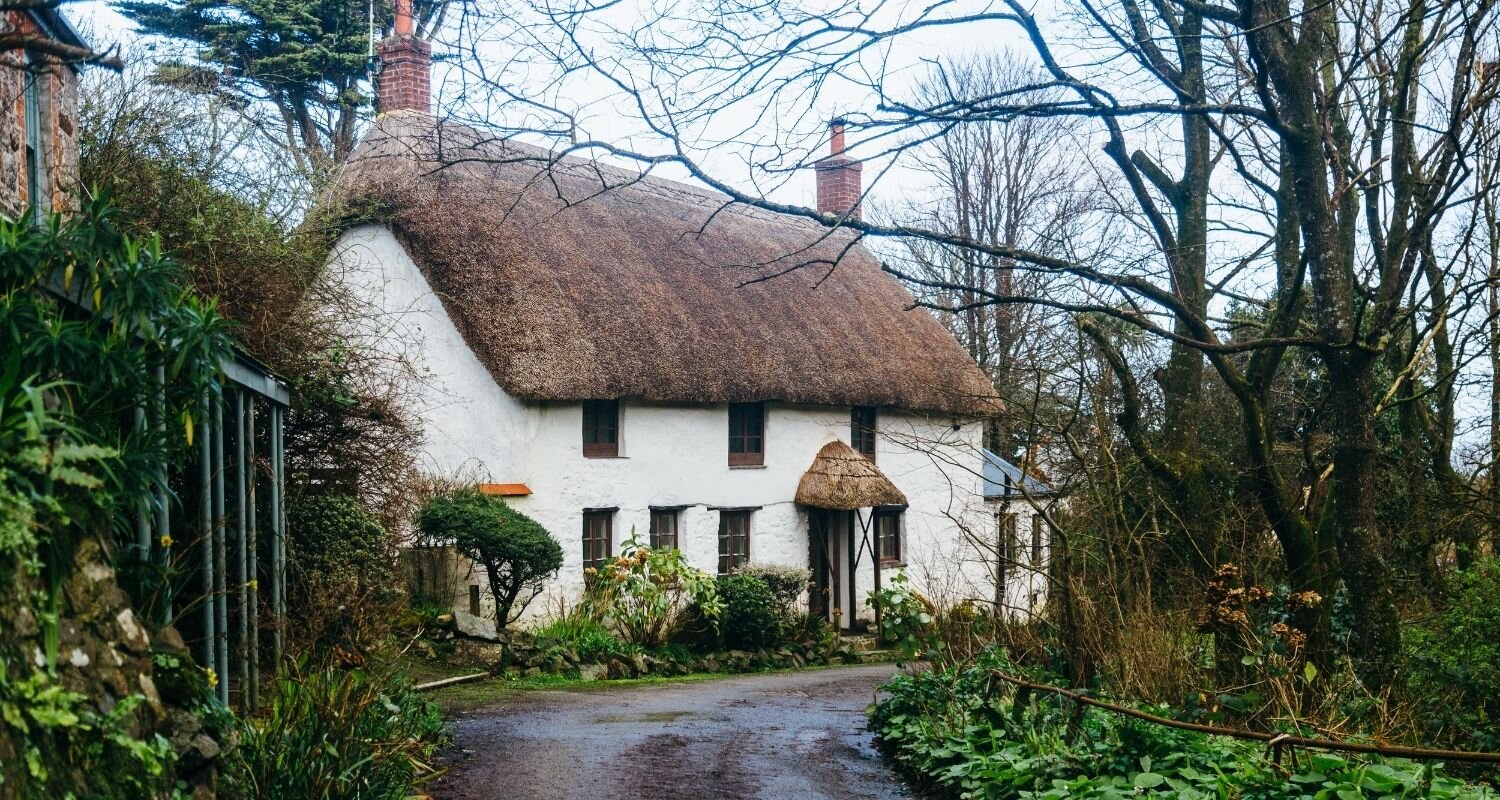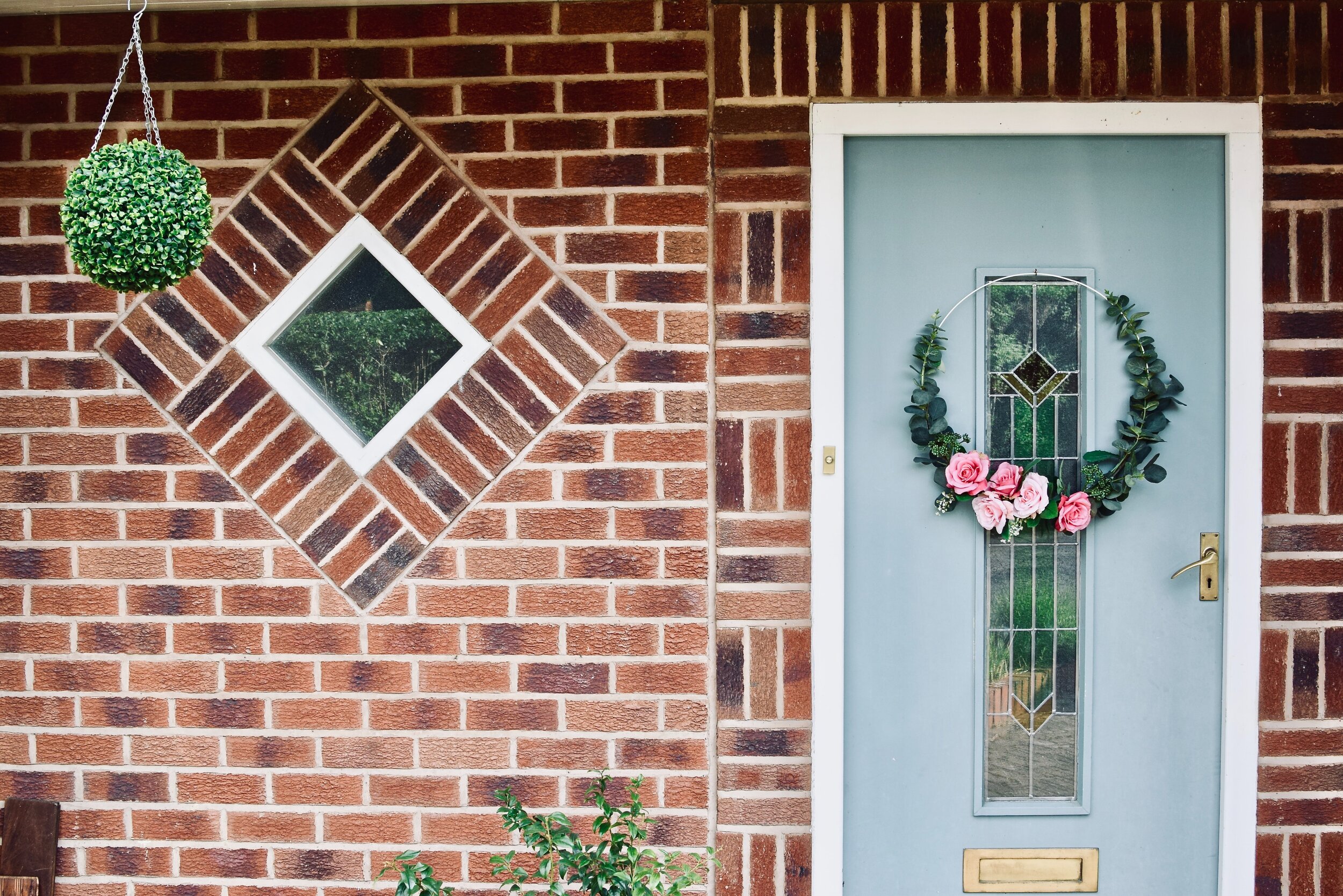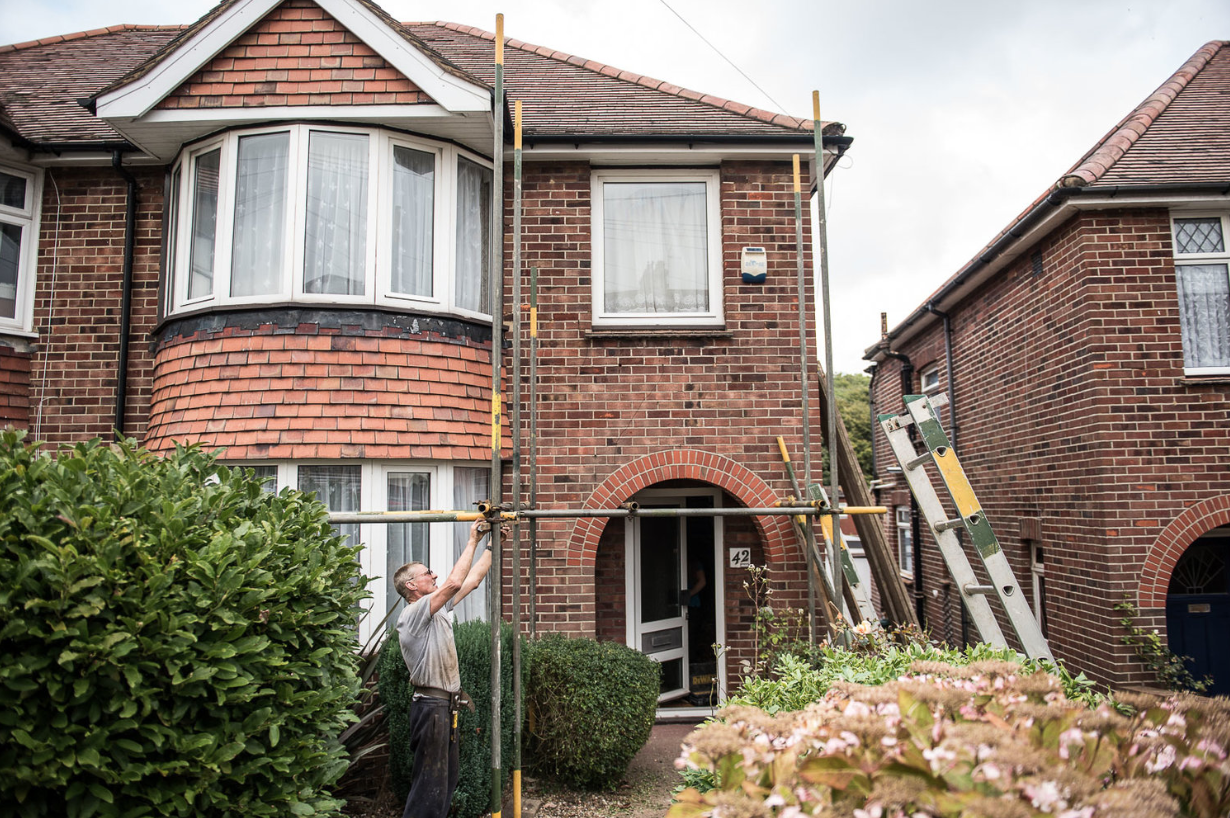
A Beginners Guide: House survey types
Welcome to the land of house surveys! They can seem like just another bewildering expense, but getting the full nitty gritty on your potential home is well worth the upfront cost.
Sadly, we’ve heard horror stories of people opting not to get a survey done, then finding a hideously expensive problem such as subsidence once the sale was completed.
Equally, we hear a lot of tales of full surveys revealing nothing troubling. We rarely hear of property owners regretting having a survey done, though.
Of course, it is down to you, but in our minds, it’s much better to be prepared for what you’re taking on. If the survey uncovers something that’s too much for you, it allows you to walk away from the sale, and if it comes back clear of nasties and you’re happy, you can enjoy the peace of mind it’ll provide.
Click to jump to the section you need, or scroll to read…
1. What are the different house survey types?
In the UK, there are three main accrediting bodies: RICS (the Royal Institute of Chartered Surveyors), Sava or RPSA (the Residential Property Surveyors Association).
In this guide, we’ll just be talking about RICS, because these tend to be the most common. Sava and RPSA offer their own levels of surveys (e.g: the Sava Home Condition Survey).
RICS offer three levels of house to choose from:
Level one: condition report
Suitable for: new builds or homes in good condition.
Level two: homebuyer report
Suitable for: most properties in reasonable condition.
Level three: building survey
Suitable for: Large or older properties, renovation or extension projects, quirky homes, and houses in poor condition.
beautiful, but old and quirky. a prime candidate for a structural house survey.
2. How to understand a house survey report
The RICS website has an example survey template, which is handy to look through so you know what to expect. The main thing to know is that your report will be marked on a traffic light system, with each problem or issue given a colour:
Red = serious problems that need investigating, repairing or replacing immediately.
Yellow = issues to be replaced or repaired, but not urgently.
Green = no repair needed, normal property maintenance is advised.
NI = not inspected. Some areas may not be fully accessible to the surveyor.
It is also important to remember that surveyors cover their backs. If they miss a problem that later causes huge problems, they can be sued. This tends to make them very cautious. That’s why it’s so important to also get to know a reputable builder and talk them through both the survey report and the property itself. This will give you a balanced view of just how worrying any reds are.
What do they look for in the different house surveys?
Condition report
The most basic type of house survey, this report gives an overview of the property, including significant problems. But it doesn’t go into any detail, and the report is very light-touch. For example, they won’t look behind furniture.
This is the report to get if you feel very confident about the property you’re buying. Typically, this might be a modern property that’s in good condition. It’ll just give you peace of mind.
Homebuyer report
The next level up, the Homebuyer’s report is the most popular survey, and is typically the one to go for on properties in reasonable condition. Things might be looking a bit tired, but there are no glaring concerns that you can see.
This survey is still fairly light (they won’t look behind furniture), but the surveyor will spend roughly two to four hours inspecting the interior and exterior of the property. The report will include details of problems, including things that need replacing, repairing or ongoing maintenance, such as damp or current building regulations not being met.
It will also detail if the problem affects the property’s value. Finally, it might also include the surveyor’s opinion of overall property value and rebuild price.
our delightful hallway, when we first bought our property.
Building survey
The most thorough house survey you can get, also known as a Structural survey. This is the one to go for if you’re buying an old property, one that needs considerable work done, or if you’re planning to renovate or extend. It’s also a good idea for individual or quirky houses, such as listed buildings.
The surveyor will spend a long time in the property (up to a full day!), inspecting everything, including under floorboards and in the attic. They’ll often take photos of any problems they find, which will be included in the report.
The report itself will be detailed and specific, including any problems or potential issues, as well as the surveyor’s opinion of value, rebuild price, and costs of serious repairs or replacements.
3. The cost of house surveys
Condition report = £400 - £950
Homebuyer report = £450 - £1,000
Building survey = £600 - £1,500
Each level of house survey varies in price, depending on the price and size of your property. It also varies from surveyor to surveyor. This is where a comparison site can really help you find the right surveyor for you.
The RICS website has a postcode search, and will show you the nearest registered surveyors. Once you’ve had a look there, head to a comparison website, such as really moving, to compare quotes. It’s typically useful to commission a surveyor who’s local to the area, as they have a better chance of knowing the lay of the land, including aspects such as potential areas of subsidence.
4. At what stage is a house survey done?
The survey is typically done once an offer has been accepted and the lender (if you’re taking out a mortgage) has completed their valuation. It’s a good one to do while your solicitor is undertaking the searches. This allows time to renegotiate on the price if a problem is found.
5. House surveys: who pays if a problem is found?
It’s exceedingly rare for a report to come back with all greens! Reading through a survey can be a bit harrowing, especially if you’re buying an old house or a project. But it’s much better to be aware of what you’re taking on, especially if pricey problems are found.
There’s no set rule when it comes to working out who pays for problems found on the house survey, but this should be your three-point port of call:
Once you’ve read the report, give your surveyor a call to discuss any problems in detail.
Next, talk to a local builder and ask them to quote for the repairs.
You can then ask to renegotiate on the sale price, using the survey and the builder’s quotes as your leverage.
The seller doesn’t have to accept your new offer. They might negotiate up, or flat out refuse!
If the problems are too expensive or worrying for you, you should be prepared to walk away. The seller can also choose to fix the repairs before you complete, but bear in mind this will delay the purchase.
It’s worth noting, however, that if the problems highlighted in the survey are obvious to see (i.e. The boiler’s so old it needs to be replaced), it’s tricky to renegotiate based on that. Most agents would argue that you were, or should have been, aware of such ‘on sight’ problems when you made your original offer.
And there you have it – a beginner’s guide to house surveys. If you have any questions, anecdotes or tips, do let us know by getting in touch. Take a look at the interview with the chartered surveyor that surveyed our property for insider tips





